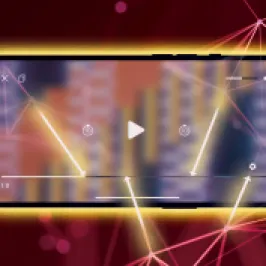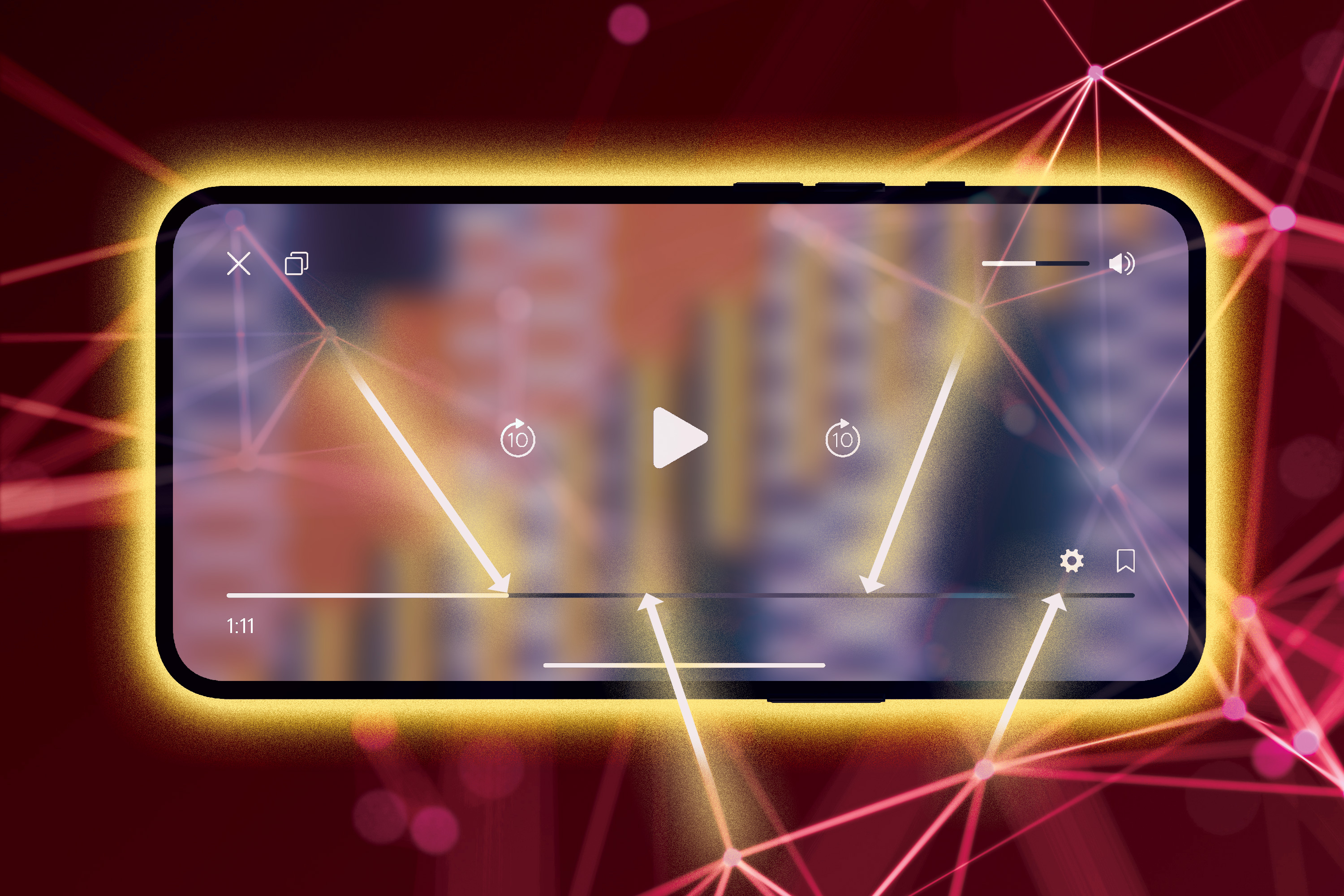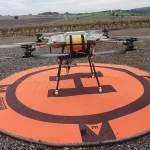
On the lookout for a selected motion in a video? This AI-based methodology can discover it for you | MIT Information

The web is awash in tutorial movies that may train curious viewers all the pieces from cooking the right pancake to performing a life-saving Heimlich maneuver.
However pinpointing when and the place a selected motion occurs in an extended video will be tedious. To streamline the method, scientists try to show computer systems to carry out this process. Ideally, a person may simply describe the motion they’re in search of, and an AI mannequin would skip to its location within the video.
Nevertheless, instructing machine-learning fashions to do that normally requires a substantial amount of costly video knowledge which have been painstakingly hand-labeled.
A brand new, extra environment friendly method from researchers at MIT and the MIT-IBM Watson AI Lab trains a mannequin to carry out this process, often known as spatio-temporal grounding, utilizing solely movies and their mechanically generated transcripts.
The researchers train a mannequin to grasp an unlabeled video in two distinct methods: by taking a look at small particulars to determine the place objects are situated (spatial data) and searching on the larger image to grasp when the motion happens (temporal data).
In comparison with different AI approaches, their methodology extra precisely identifies actions in longer movies with a number of actions. Curiously, they discovered that concurrently coaching on spatial and temporal data makes a mannequin higher at figuring out every individually.
Along with streamlining on-line studying and digital coaching processes, this method is also helpful in well being care settings by quickly discovering key moments in movies of diagnostic procedures, for instance.
“We disentangle the problem of making an attempt to encode spatial and temporal data all of sudden and as a substitute give it some thought like two consultants engaged on their very own, which seems to be a extra specific strategy to encode the data. Our mannequin, which mixes these two separate branches, results in one of the best efficiency,” says Brian Chen, lead writer of a paper on this method.
Chen, a 2023 graduate of Columbia College who carried out this analysis whereas a visiting scholar on the MIT-IBM Watson AI Lab, is joined on the paper by James Glass, senior analysis scientist, member of the MIT-IBM Watson AI Lab, and head of the Spoken Language Methods Group within the Pc Science and Synthetic Intelligence Laboratory (CSAIL); Hilde Kuehne, a member of the MIT-IBM Watson AI Lab who can also be affiliated with Goethe College Frankfurt; and others at MIT, Goethe College, the MIT-IBM Watson AI Lab, and High quality Match GmbH. The analysis might be introduced on the Convention on Pc Imaginative and prescient and Sample Recognition.
International and native studying
Researchers normally train fashions to carry out spatio-temporal grounding utilizing movies wherein people have annotated the beginning and finish occasions of specific duties.
Not solely is producing these knowledge costly, however it may be tough for people to determine precisely what to label. If the motion is “cooking a pancake,” does that motion begin when the chef begins mixing the batter or when she pours it into the pan?
“This time, the duty could also be about cooking, however subsequent time, it is likely to be about fixing a automotive. There are such a lot of totally different domains for folks to annotate. But when we will be taught all the pieces with out labels, it’s a extra basic resolution,” Chen says.
For his or her method, the researchers use unlabeled tutorial movies and accompanying textual content transcripts from an internet site like YouTube as coaching knowledge. These don’t want any particular preparation.
They break up the coaching course of into two items. For one, they train a machine-learning mannequin to have a look at all the video to grasp what actions occur at sure occasions. This high-level data known as a worldwide illustration.
For the second, they train the mannequin to deal with a selected area in components of the video the place motion is occurring. In a big kitchen, as an example, the mannequin may solely must deal with the picket spoon a chef is utilizing to combine pancake batter, quite than all the counter. This fine-grained data known as a neighborhood illustration.
The researchers incorporate an extra element into their framework to mitigate misalignments that happen between narration and video. Maybe the chef talks about cooking the pancake first and performs the motion later.
To develop a extra lifelike resolution, the researchers targeted on uncut movies which can be a number of minutes lengthy. In distinction, most AI methods practice utilizing few-second clips that somebody trimmed to indicate just one motion.
A brand new benchmark
However after they got here to guage their method, the researchers couldn’t discover an efficient benchmark for testing a mannequin on these longer, uncut movies — in order that they created one.
To construct their benchmark dataset, the researchers devised a brand new annotation approach that works properly for figuring out multistep actions. They’d customers mark the intersection of objects, like the purpose the place a knife edge cuts a tomato, quite than drawing a field round vital objects.
“That is extra clearly outlined and accelerates the annotation course of, which reduces the human labor and value,” Chen says.
Plus, having a number of folks do level annotation on the identical video can higher seize actions that happen over time, just like the movement of milk being poured. All annotators received’t mark the very same level within the movement of liquid.
After they used this benchmark to check their method, the researchers discovered that it was extra correct at pinpointing actions than different AI methods.
Their methodology was additionally higher at specializing in human-object interactions. For example, if the motion is “serving a pancake,” many different approaches may focus solely on key objects, like a stack of pancakes sitting on a counter. As an alternative, their methodology focuses on the precise second when the chef flips a pancake onto a plate.
Present approaches rely closely on labeled knowledge from people, and thus are usually not very scalable. This work takes a step towards addressing this drawback by offering new strategies for localizing occasions in area and time utilizing the speech that naturally happens inside them. Any such knowledge is ubiquitous, so in concept it will be a robust studying sign. Nevertheless, it’s usually fairly unrelated to what’s on display screen, making it powerful to make use of in machine-learning techniques. This work helps deal with this difficulty, making it simpler for researchers to create techniques that use this type of multimodal knowledge sooner or later,” says Andrew Owens, an assistant professor {of electrical} engineering and pc science on the College of Michigan who was not concerned with this work.
Subsequent, the researchers plan to boost their method so fashions can mechanically detect when textual content and narration are usually not aligned, and change focus from one modality to the opposite. Additionally they need to lengthen their framework to audio knowledge, since there are normally robust correlations between actions and the sounds objects make.
“AI analysis has made unbelievable progress in direction of creating fashions like ChatGPT that perceive pictures. However our progress on understanding video is way behind. This work represents a major step ahead in that path,” says Kate Saenko, a professor within the Division of Pc Science at Boston College who was not concerned with this work.
This analysis is funded, partially, by the MIT-IBM Watson AI Lab.






No Comment! Be the first one.